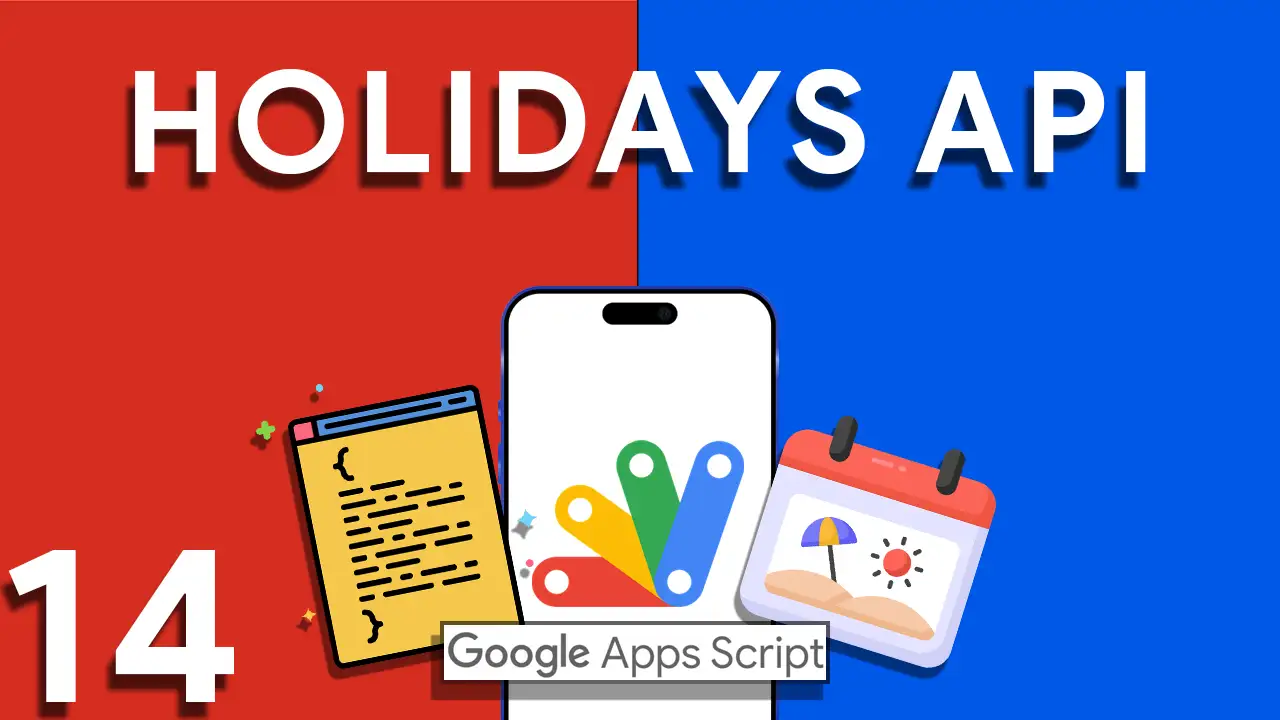Building upon the foundational attendance tracking capabilities in AppSheet, the next step involves refining your data management process to handle duplicates efficiently. By introducing a virtual “sequence” column, you can streamline the identification and management of duplicate attendance records, ensuring your app maintains clean and organized data. This guide will walk you through the creation of this virtual column, the formulation of necessary expressions, and the setup of slices to distinguish unique from duplicate entries.
The Role of a Virtual Sequence Column
A virtual sequence column in an AppSheet attendance app serves as a dynamic identifier for attendance records. It helps in pinpointing duplicates by assigning a unique sequence number to each entry, based on predefined criteria such as employee ID and date. This method significantly simplifies filtering and managing attendance records.
Step-by-Step Implementation
1. Creating the Virtual Sequence Column
- Add a Virtual Column: In your attendance table, add a new virtual column named “Sequence” or a similar descriptive title.
- Define the Formula: Use an expression that assigns sequence numbers to each attendance record. A basic example might involve concatenating the employee ID with the attendance date to create a unique identifier for each entry.
2. Crafting the Formula
A formula for the virtual sequence column could look something like this:
CONCATENATE([EmployeeID], "-", TEXT([Date], "YYYYMMDD"))This formula combines the employee ID with the attendance date, ensuring each record is uniquely identifiable.
3. Setting Up Slices to Filter Records
With the virtual sequence column in place, the next step involves setting up slices to separate unique attendance records from duplicates:
- Create a Unique Records Slice: Define a slice that filters attendance records to only include the first entry for each unique sequence identifier, effectively isolating unique attendance records.
- Create a Duplicates Slice: Similarly, you can set up another slice designed to capture any additional records beyond the first for each sequence identifier, identifying them as duplicates.
Practical Application and Benefits
Implementing this system in your AppSheet attendance app brings numerous benefits:
- Data Integrity: Ensures that each attendance record is counted once, maintaining the accuracy of your data.
- Efficiency: Streamlines the process of identifying and managing duplicate records, saving time and reducing errors.
- Flexibility: Allows for easy adjustments and customization based on specific attendance tracking needs.
Tips for Success
- Regularly Review Data: Periodically check your attendance records and the functionality of your virtual sequence column to ensure everything is working as intended.
- Educate Users: Make sure users understand the importance of accurately logging attendance to minimize duplicates from the start.
- Customize as Needed: Don’t hesitate to adjust the formula and slice settings to better fit your organizational requirements.
Conclusion
Enhancing your AppSheet attendance app with a virtual sequence column for managing duplicates marks a significant step towards sophisticated data management. By following this guide, you can ensure your attendance tracking system remains efficient, accurate, and user-friendly.







